curating the empathetic learning
of estates remade: a guide
this guide sets out the concepts and methods used to apply spatial dialogical art practice to create an empathetic learning space. a code of conduct has been compiled to consider the ethical responsibilities of learning about the lived experience of a place.
(the guide does not cover issues such as safeguarding and legal compliance).
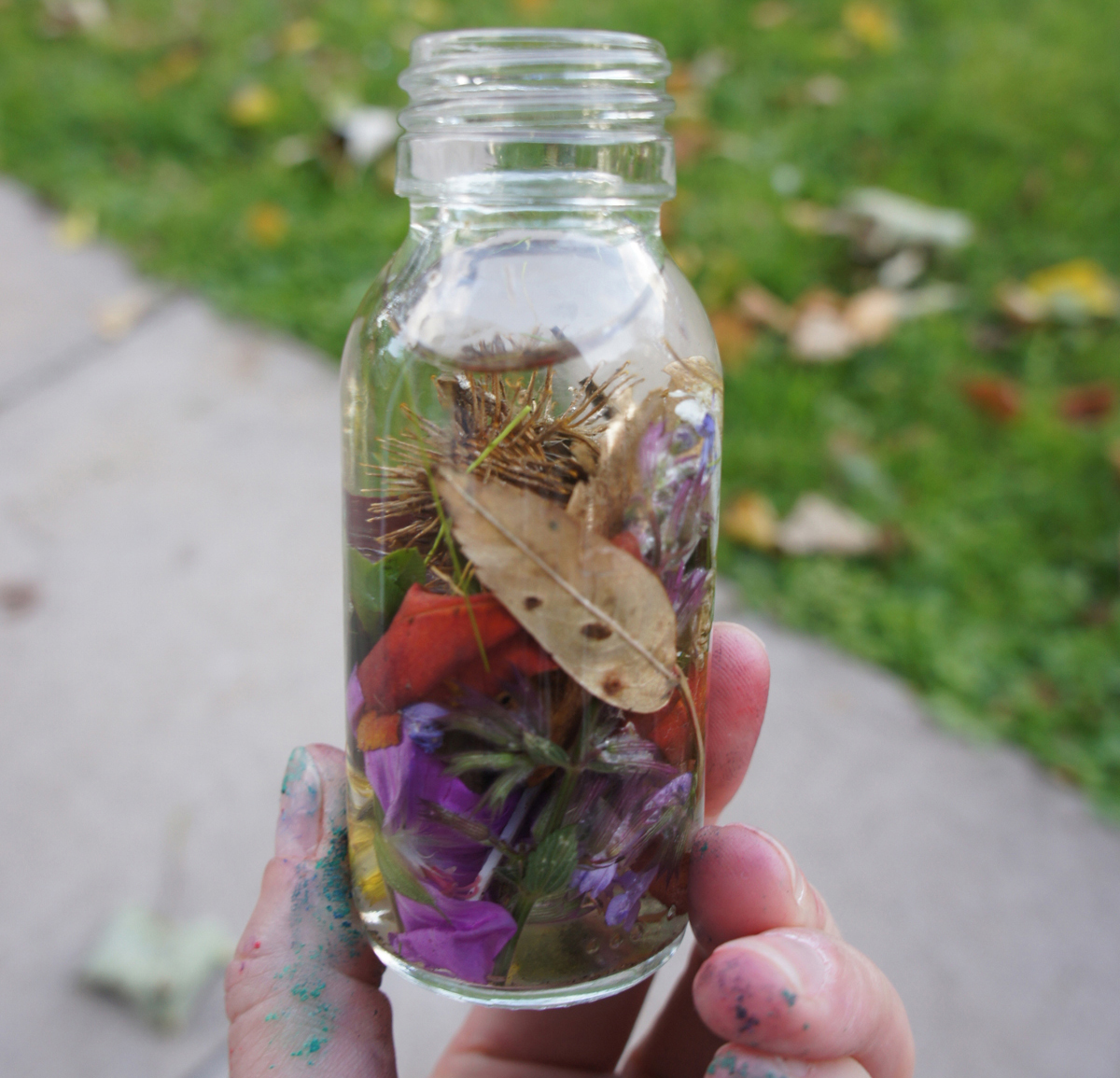

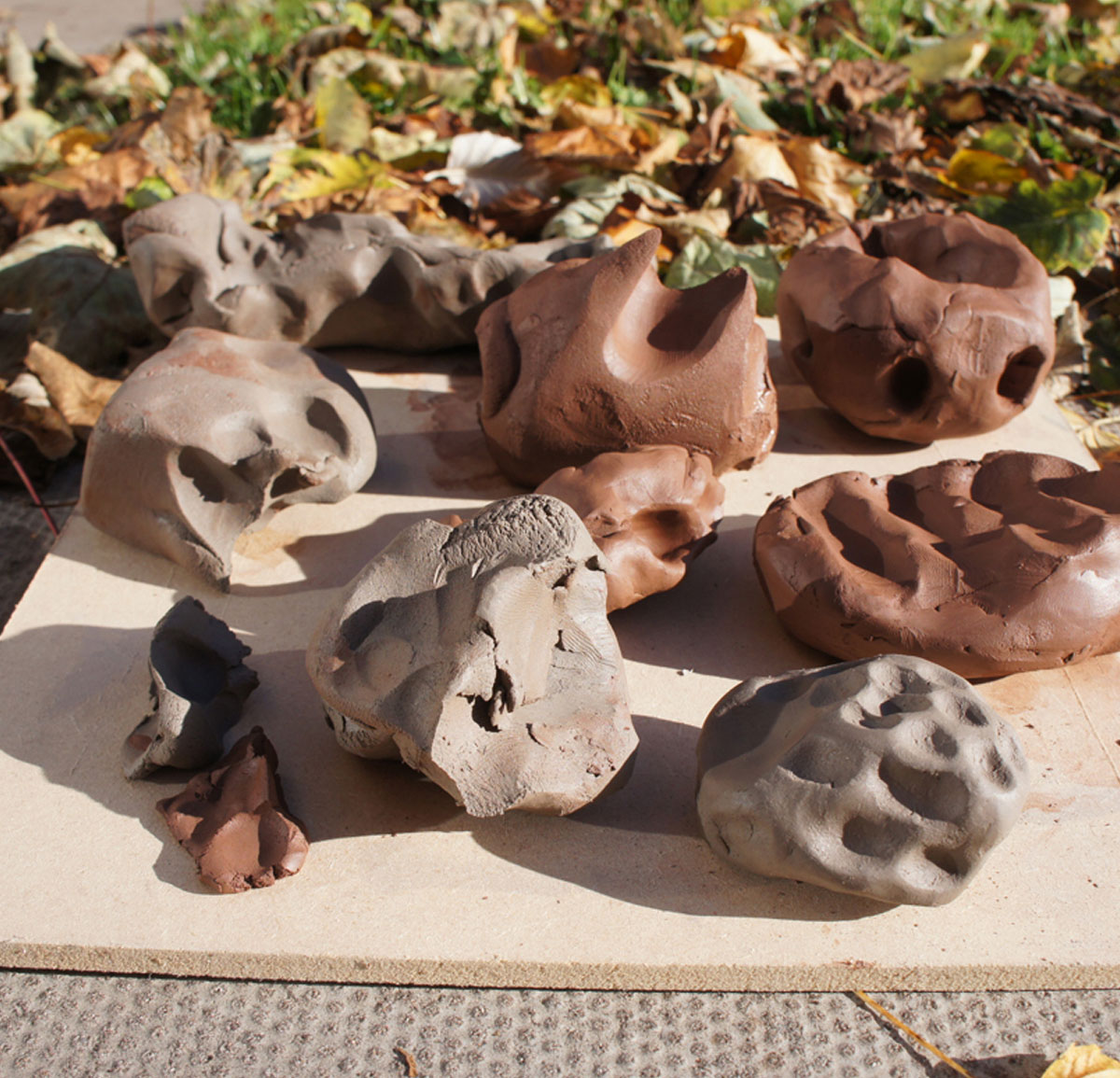
01. – about spatial dialogical art practice
spatial dialogical art practice is a method of learning about the lived experience of a place. the practice focuses on social housing estates that are in the process of regeneration. these are places where different knowledges gathered to inform decisions on regenerating an area rarely include knowledge of lived experience. absence of this knowledge has often manifested in misrepresentations and misinformation, leading to residents feeling stigmatised, unheard and displaced.
a process of reflection is involved with all who participate in the practice – curator, artists and participants – to consider what has been learned about one’s own and others lived experience and place perception.
a group walk led by Claire Hickey,
“a walk that uses clay as a companion to
explore the place we’re in,
both emotionally and physically.”
Hickey, 2019
Doreen Massey suggests that places can be understood as ‘porous networks of social relations’ (Massey, 1994). to consider a place as relational, then, is to understand it as fluid, layered and complex, where its meaning can only be learned from the inside.
02.
glossary
of terms
embodied art dialogue
embodied art dialogues are generated through a creative process of being embodied in a place – guided, prompted and facilitated by artists. they are activated through artist-led wandering and exploring with participants through a form shaped by the artists practice*. the embodied art dialogues are verbal and non-verbal, human-to-human and human-to non-human dialogical exchanges. they are non-hierarchical and concerned with the layered, heterogeneous, shifting, multisensory meanings of a place.
*it is the artist who will define their methods of activating the embodied art dialogue. they may choose to use creative materials or playful performative actions to engage and heighten different senses of the body. their methods are their intellectual property.
empathetic learning space
the empathetic learning space is the philosophical space that contains the embodied art dialogues created within it. the knowledge of lived experience is learned by building empathy through reflecting on one’s own and others embodied art dialogues. the empathetic learning space is created first through the process of participating in the embodied art dialogues. there is further reflecting and sharing through a physical, interactive and immersive installation of assembled dialogues – the gathered material, sound and visual documentation of the embodied art dialogues. “The fact that you are empathising means that you are presented in experience with the experience of another.” (Maibom, 2017)
lived experience
the lived experience of a place is the day to day individual and collective experiences – from the micro to macro, forgettable and unforgettable. lived experience is fundamental to our experience of being human.
placeness
placeness is a quality of perceiving a place. (Relph, 1976). it can include perceptions of being settled, safe and belonging, or being troubled or dispassionate. placeness can be fluid, complex and layered and can shift in response to new ways of being within place.
place rhythms
place rhythms are the layered, complex, heterogeneous rhythms that are the life within a place (Lefebvre, 2013). without always being conscious of them, rhythms can structure our perceptions of place (Dewey, 2005). to uncover and reveal them is to begin the process of learning lived experience. walking and wandering with others in the empathetic learning space, and stepping into their rhythms can lead to a closeness and empathy (Pink, 2009)
spatial dialogical art practice
spatial dialogical art practice is a form of socially engaged practice, focusing on human interaction and collaboration, that is situated and immersed within a place. drawing on Grant Kester’s concept of dialogical aesthetics, it is concerned with reciprocal nature of dialogic exchange as the primary focus of the artistic work (Kester, 2005). spatial dialogical art practice considers an expanded definition of dialogue, as described in the ‘embodied art dialogue definition above. the practice is concerned with the curation of embodied art dialogues to create an empathetic learning space. a process of reflection is involved with all who participate in the practice – curator, artists and participants – to consider what has been learned about one’s own and others lived experience and place perception.
03.
participating in
the empathetic
learning space:
roles
- develops the conceptual and practical framework for the empathetic learning space
creates a new context for the artists practice - reflects on their own placeness
- builds bridges: with artists, partners and participants
- seeks permission from insiders of a place to activate the
empathetic learning space - supports and cares for the artists, participants and their contributions
- hosts the empathetic learning space
- seeks permission to share the material documentation of the embodied art dialogues
- decides how the embodied art dialogues are recorded
- collaborates with the artists to present the made and collected documentations of the embodied art dialogues as an interactive, immersive installation
- cares for the material documentation of the embodied art dialogues
- oversee’s administration and logistics
- explores and contextualise the dialogues
the artists
- activate the embodied art dialogues
- reflect on their own placeness
- hold the empathetic learning space through the facilitation of the embodied art dialogues
- guide and are guided. collaborate with participants
- playfully explore heterogeneous place rhythms with participants
- reflect with participants on their perceptions
- care for the participants and their contribution
- collaborate with the curator to present the made, collected documentations of the embodied art dialogues as an interactive, immersive installation
- foster a relaxed and safe environment
participants
- collaborate within the empathetic learning space
- guide and are guided. collaborate with other participants
- reflect on their own placeness
- share and reflect on their own and others embodied art dialogues
04.
participating in
the empathetic
learning space:
code of conduct
the empathetic learning space is non-hierarchical. to participate in it is to value all contributions and consider all embodied art dialogues of equal value.
the purpose of the empathetic learning space is to learn lived experience of a place as a knowledge. to participate there must be trust in the motives for understanding a place from one’s own perspective and the perspective of others. participating in the empathetic learning space should not be used to enhance a person’s or company’s status or standing. knowledge gained about an individual’s lived experience should not be used without their informed consent, and should be anonymised.
payment for artists time will be a minimum of The A-N Artists Information Company guidance on paying artists a-n.co.uk guidance on fees and day rates for visual artists. the paid time will include research and development of ideas, reflection time in addition to time activating the embodied art dialogues.
05.
preparing the
empathetic
learning space
idea generation
consider the purpose and outline project idea
reflect
walk, wander, ponder in the place. reflect on your perceptions.
build relationships
connect with local organisers and leaders. listen to what they know. seek permission to collaborate
connect with the housing regeneration practitioners who are making decisions about the place. collaborate with those who demonstrate an openness to learn and who will participate in good faith.
give time needed to build relationships and establish trust.
select artists
research artists who are skilled and experienced in socially engaged practice and whose practice aligns with the aims of spatial dialogical art practice. consider their interest in exploring a place through embodied art dialogue; their sensitivity of knowing how to involve participants so all dialogues are equally valued and respected; their openness to reflecting with others on perceptions of place.
confirm the artists selection and negotiate a contract
site visit with selected artists
record site walk with artists for them to reflect on their initial knowledge and perceptions, and to develop their ideas about how they will frame and facilitate the embodied art dialogues.
negotiate artists proposal
agree on the artists proposed methods, the logistics (when and where the embodied dialogues will take place? how many people will participate? how long with the activity last? how could the material documentation be presented as an interactive installation? how will the activity be recorded?) discuss and agree support for the artists.
write artists brief
set out the agreed proposal and expectations of the artists, curator and participants.
06.
the empathetic
learning space:
1 activating the
embodied art
dialogues
support
ensure administration and permissions are in place for the activity to take place smoothly
host
welcome participants and introduce the project. gain informed consent to participate and record the dialogues
support
support artists to activate the embodied art dialogue participate with the artists and participants within the empathetic learning space. support the artists to guide and explore place rhythms through the embodied art dialogues.
record
record the embodied art dialogues through photographs, video or sound
care
care for the participants and value their contributions
reflect
reflect with the artists and participants on their experience of participating in the embodied dialogues at the end of the session. what did participants notice? what did they learn? is there evidence of empathy towards human and nonhuman elements of the place?
inform
inform the group what will happen next, and what will happen to their contribution, including information about the installation of assembled dialogues
care
care for the gathered documentation of the embodied art dialogues. reflect on what has been learned
embodied art dialogues in Lee Bank. devised and led by artists Claire Hickey and Emily Warner.
part of Re:connections, curated by Jenny Peevers in Lee Bank, Birmingham
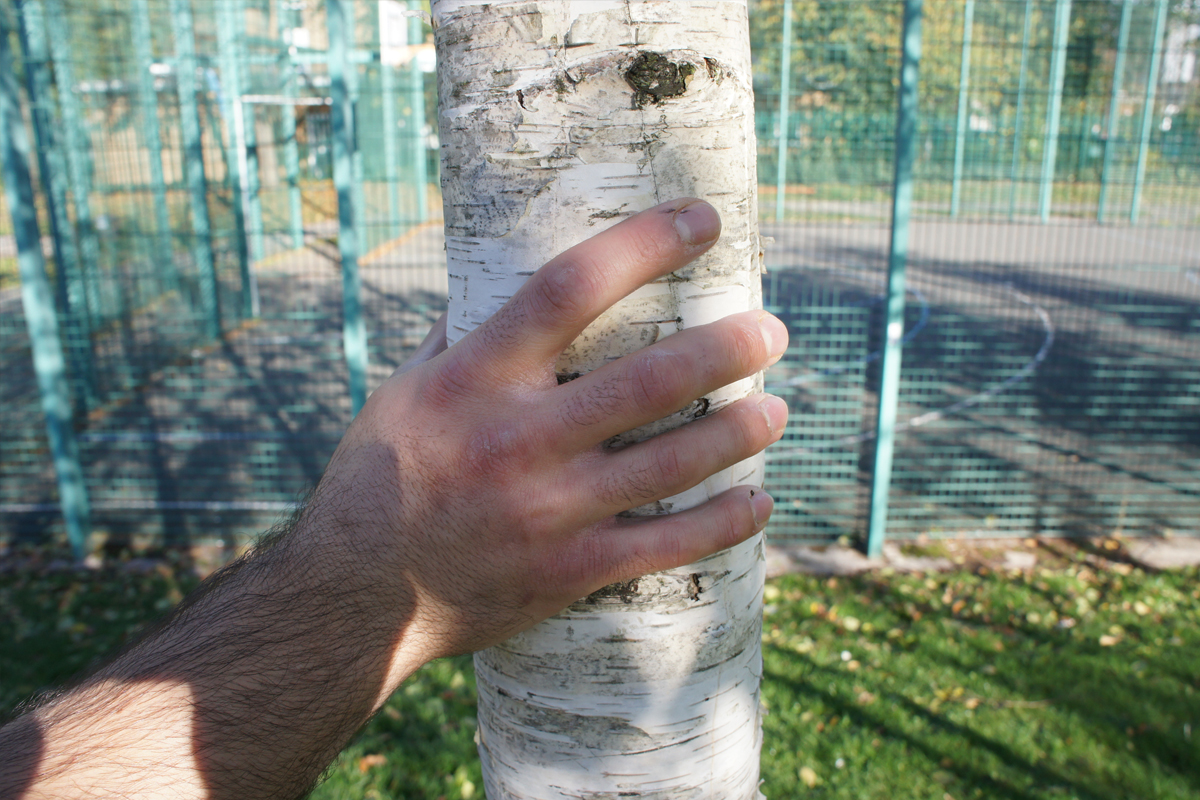
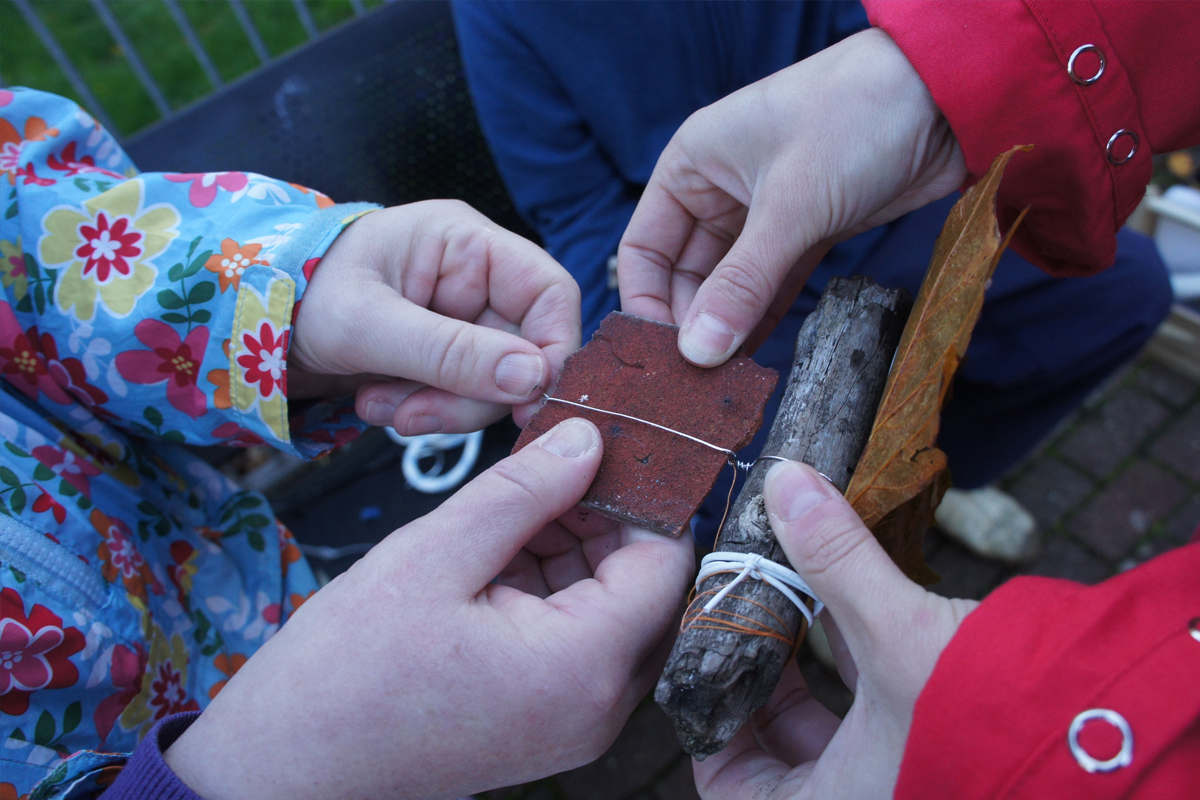
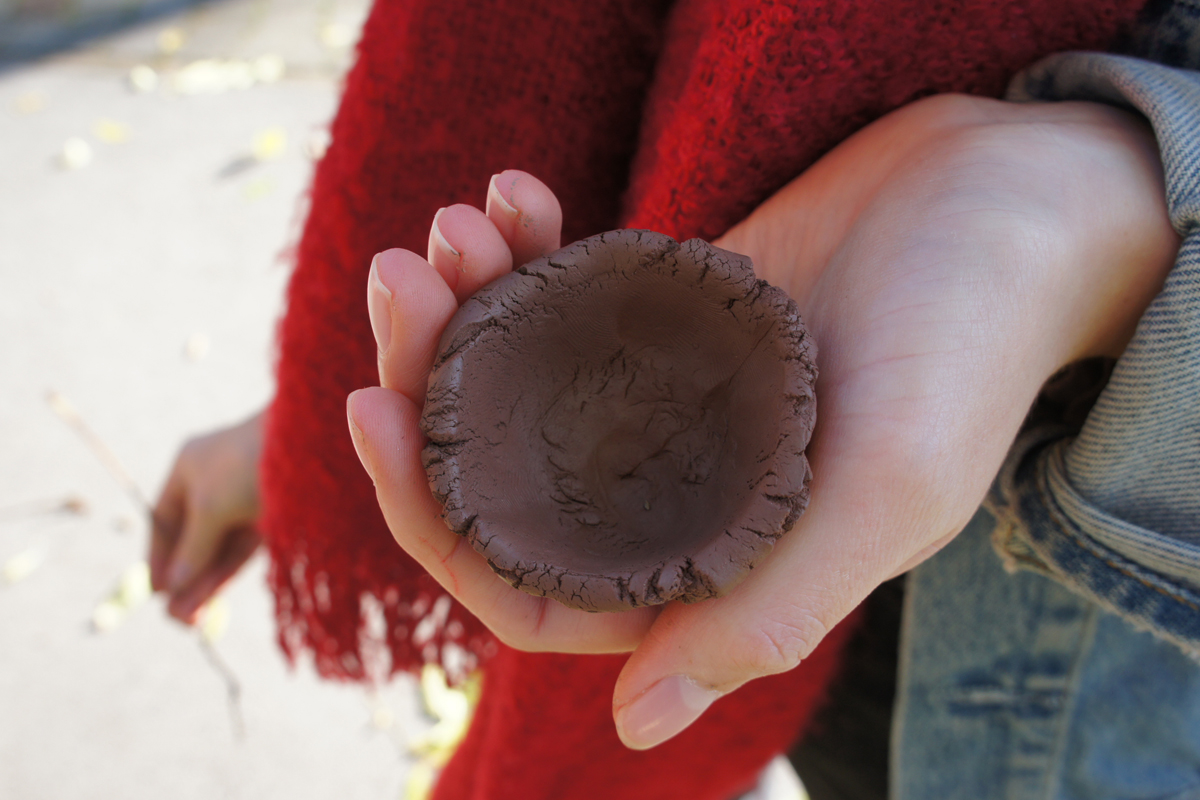
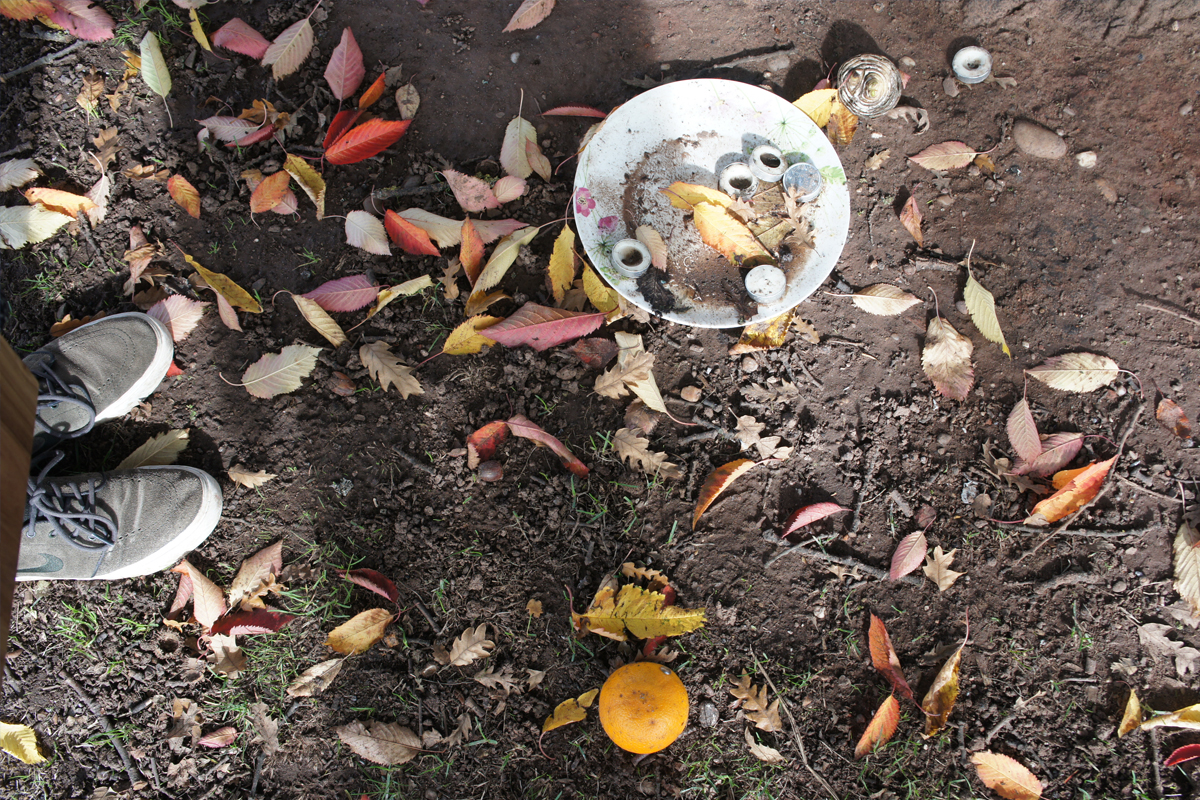
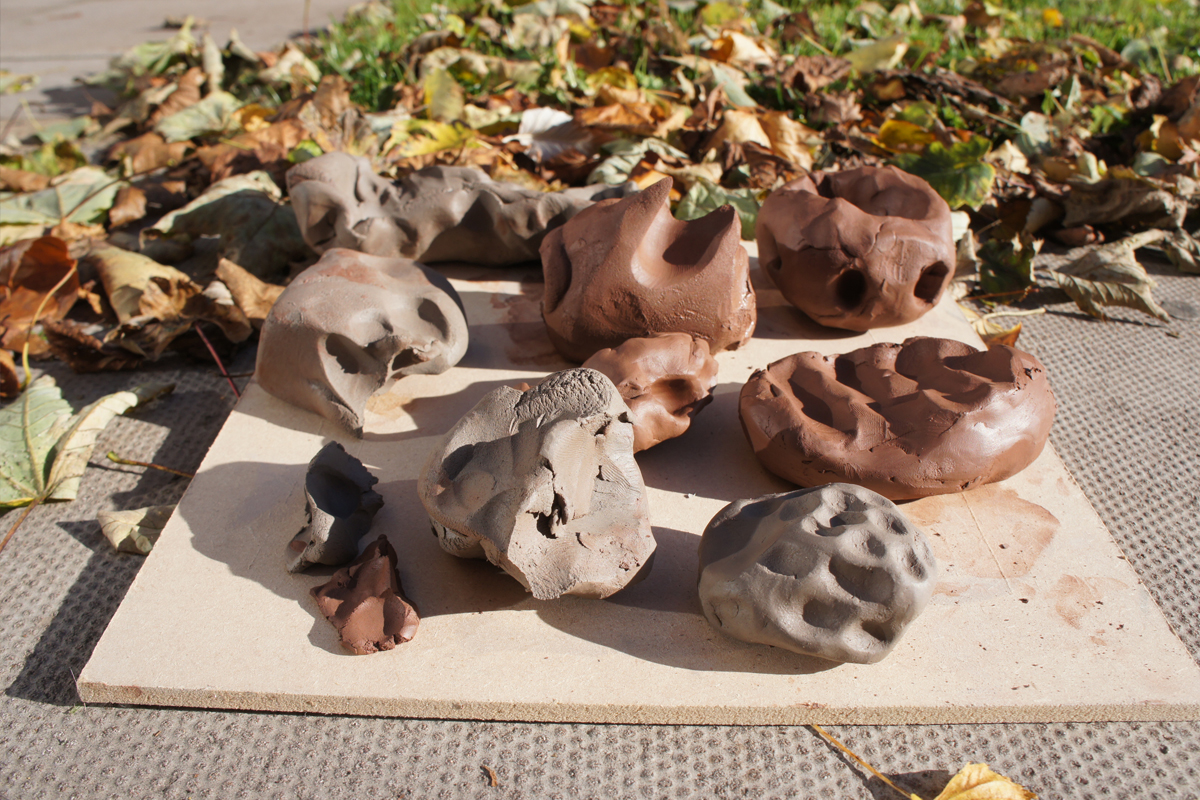
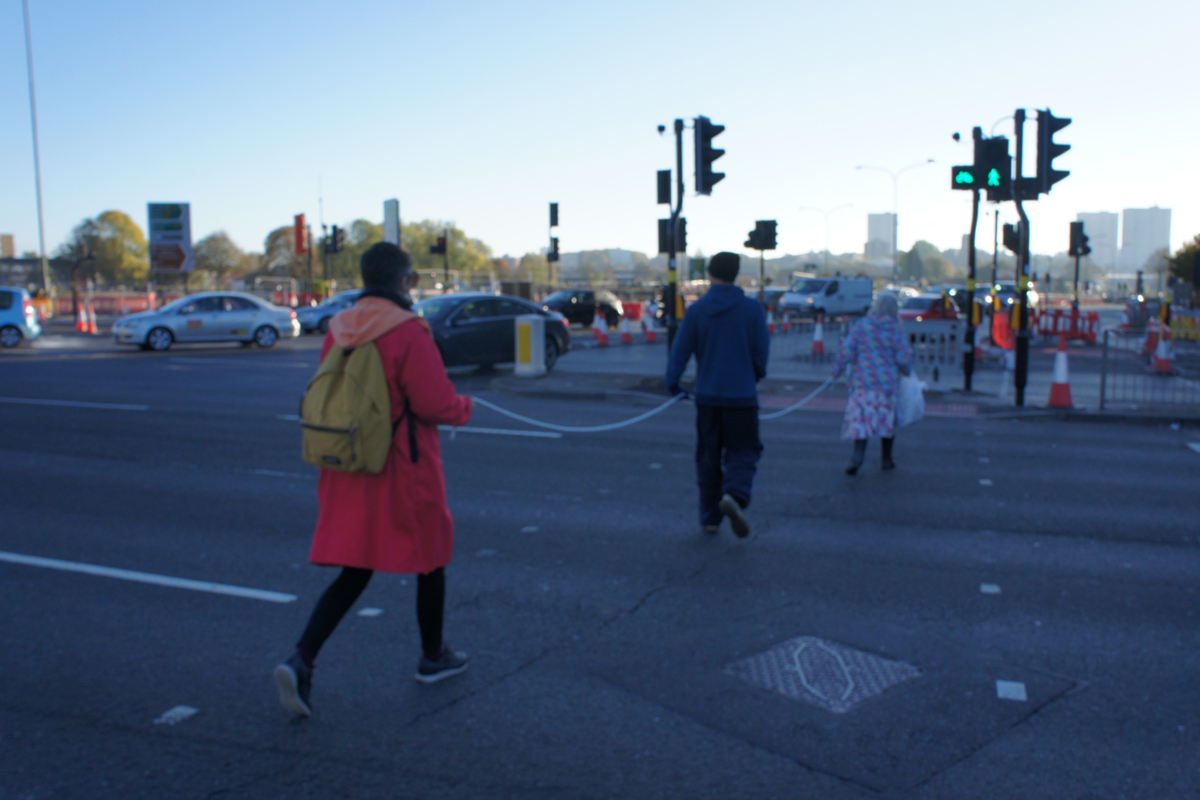
video by Emily Warner
photographs by Claire Hickey, Emily Warner and Jenny Peevers
soundpiece by Remi Andrews and Will Taylor
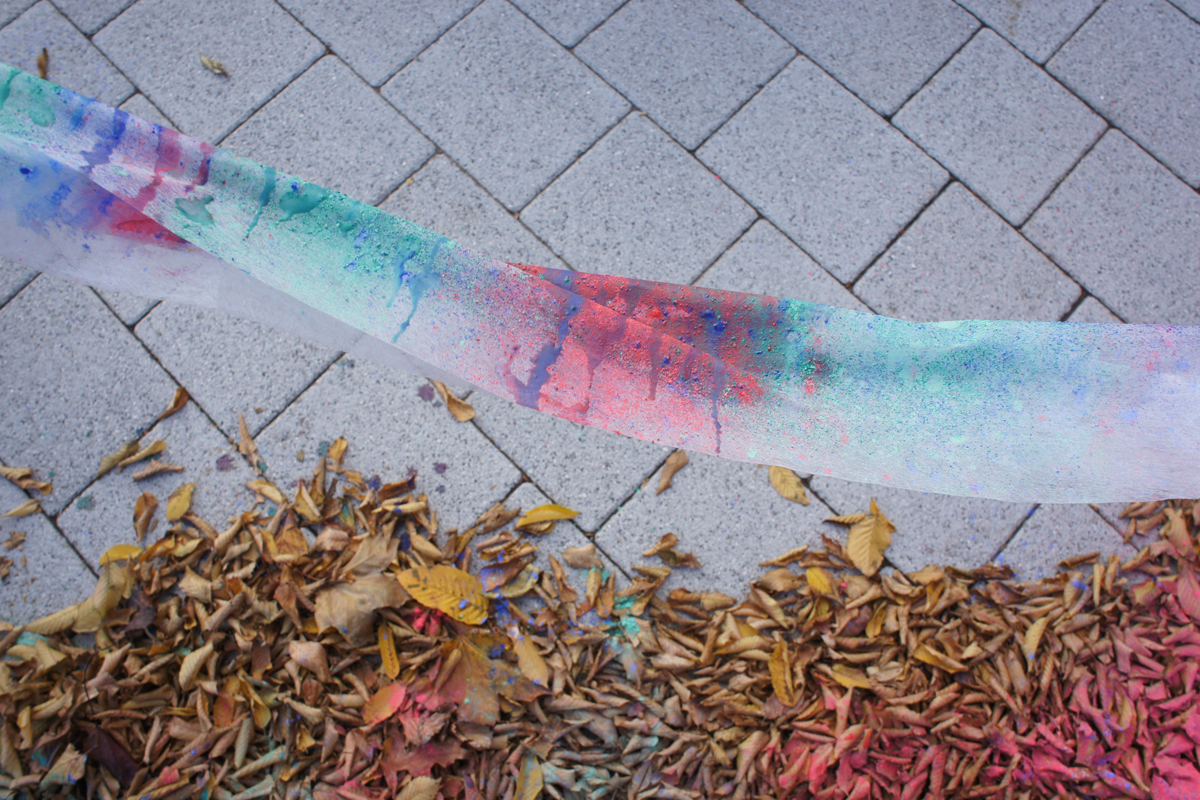
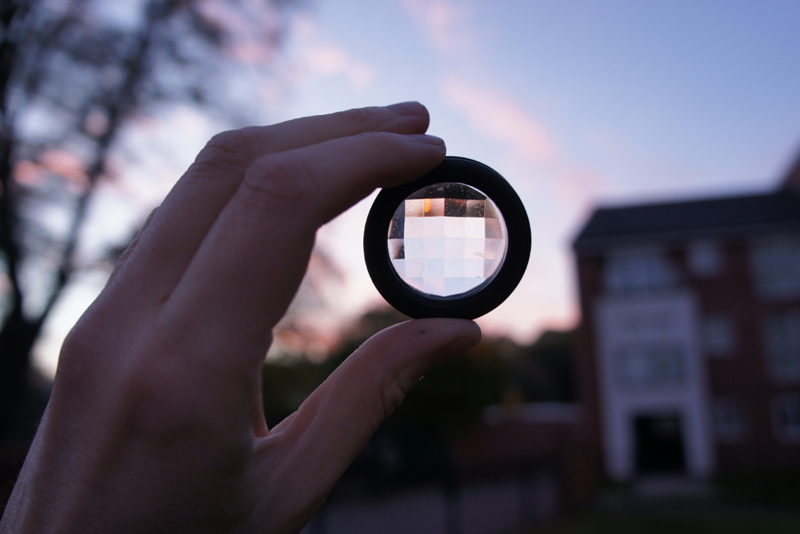
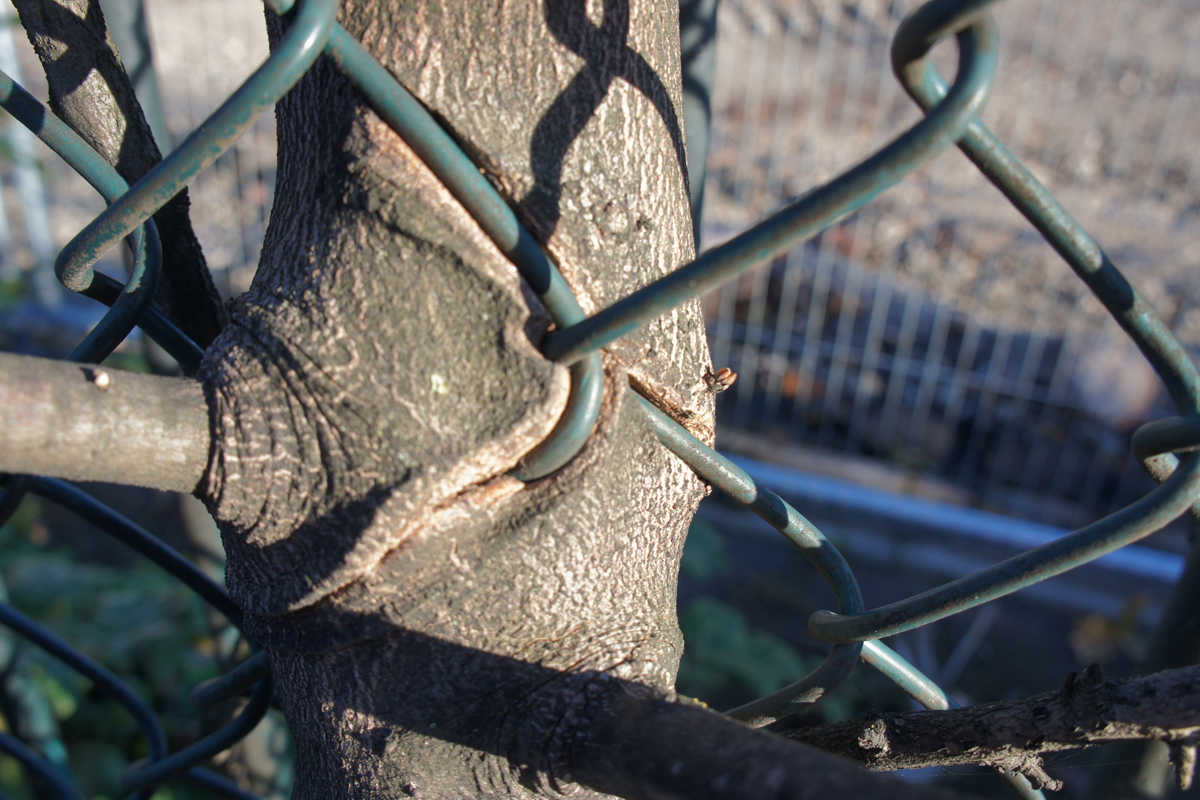

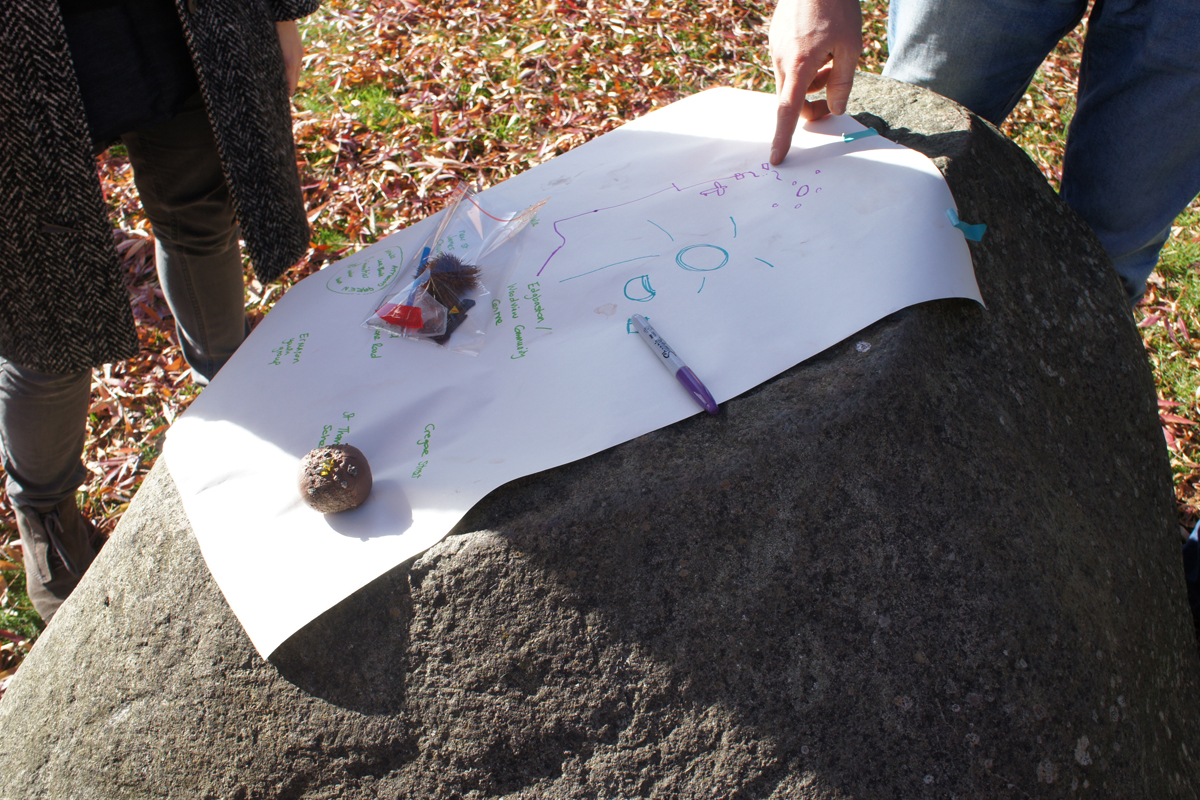

07.
the empathetic
learning space:
reflecting and
sharing
an installation of assembled dialogues
an essential part of learning lived experience through the empathetic learning space is the act of reflecting on one’s own and other’s embodied art dialogues
the experience of gathering with other participants again, and interacting with an installation of assembled dialogues - the material documentation of the embodied art dialogues – provides an opportunity for participants to reflect on their own and others placeness and further the development of place empathy. the installation of assembled dialogues is immersive and celebratory. it can include food and drink, and provide opportunities for participants to continue to reflect
support
work collaboratively with the artists and participants to agree the installation design and content. manage the administration and logistics of the event
host
host the installation of assembled dialogues
care
ensure participants needs are considered and that their contribution is valued. care for the documentation of the embodied art dialogues once the installation has ended
record
record the installation of assembled dialogues through photographs, video or sound. encourage participants to document their reflections and responses to the installation
reflect
at a later date, reflect with the artists on how all participants of the empathetic learning space – the curator, artists and the participants – experienced the embodied art dialogues and the installation of assembled dialogues. what has been learned? has placeness shifted? did the placeness of others shift? was there evidence of empathy? record the conversation

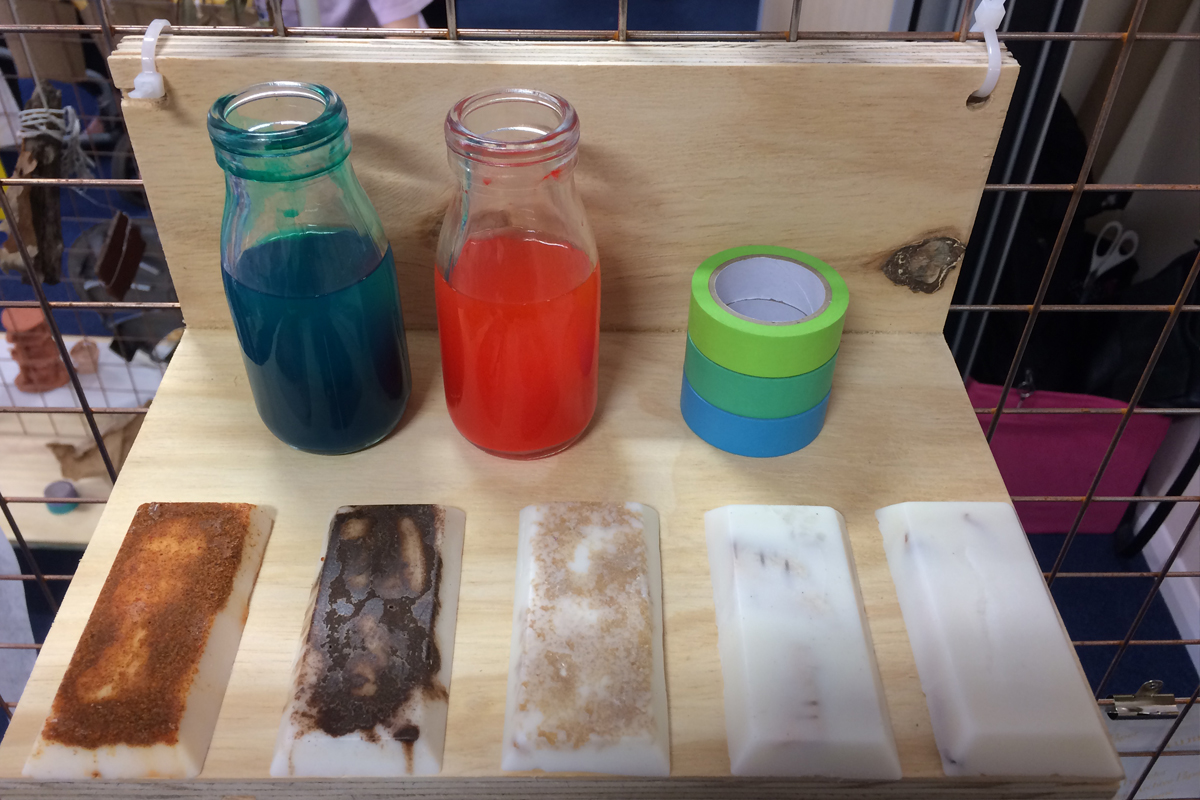

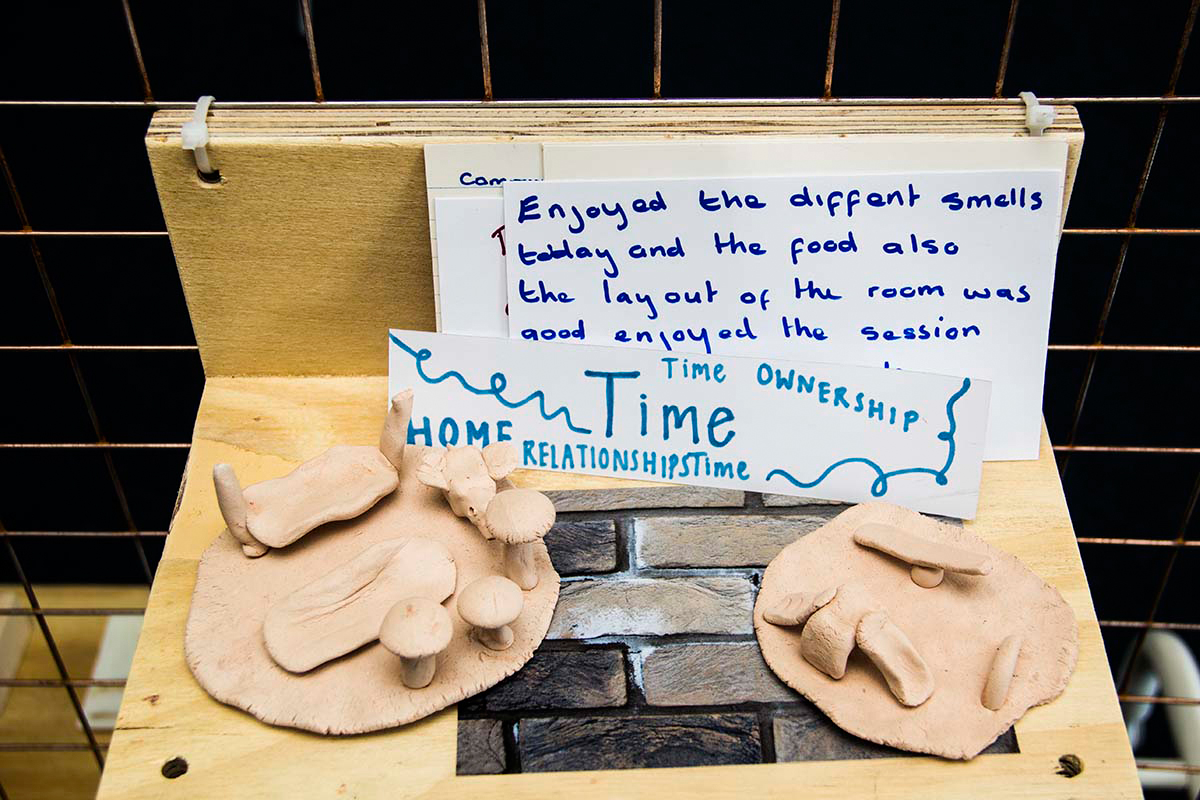
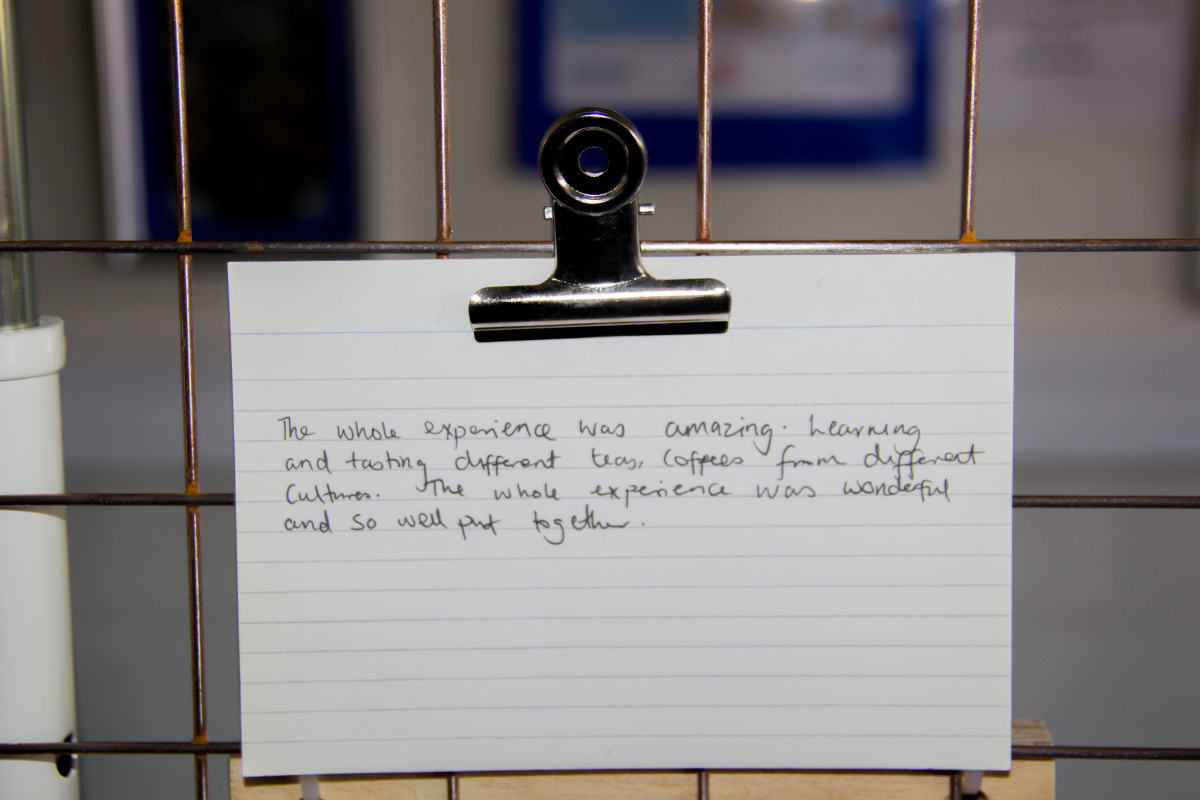

video by Adam Neal
photographs by Kia Aria
the examples of embodied art dialogues and installation of assembled dialogues were taken from a spatial dialogical art project that took place in Lee Bank in Birmingham called Re:connections, curated by Jenny Peevers. the artists activating the embodied art dialogues were Claire Hickey and Emily Warner. Hickey and Warner curated assembling dialogues with additional artists Remi Andrews, Kaye Winwood and Jieling Xiao.
the concept and methods for spatial dialogical art practice have been developed as part of my PhD research. it is the outcome of several years of practice and research, and the valuable contribution of many artists and participants involved in my projects. special thanks is given to Claire Hickey and Emily Warner for inspiring me with their art practice, which is included as an example in this guide. their methods of creative inquiry have flowed with, and shifted, the theoretical underpinning and practical application of my curatorial practice in ways that have been energising and exciting
references:
Dewey, J., (2005) Art as Experience, Pedigree
Kester, G., (2004) Conversation Pieces: Community + Communication in Modern Art, University of California Press
Lefebvre, H., (2013) Rhythmanalysis: Space, Time and Everyday Life, Bloomsbury
Massey, D., (1994) Space, Place and Gender. Cambridge: Polity Press: 121
Pink, S., (2009) Doing Sensory Ethnography. London: Sage
Relph, E., (1976) Place and Placelessness, Sage
Maibom, H, Eds., (2017) The Routledge Handbook of Philosophy of Empathy, Routledge: 5